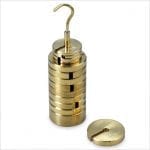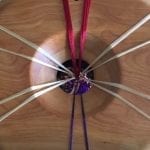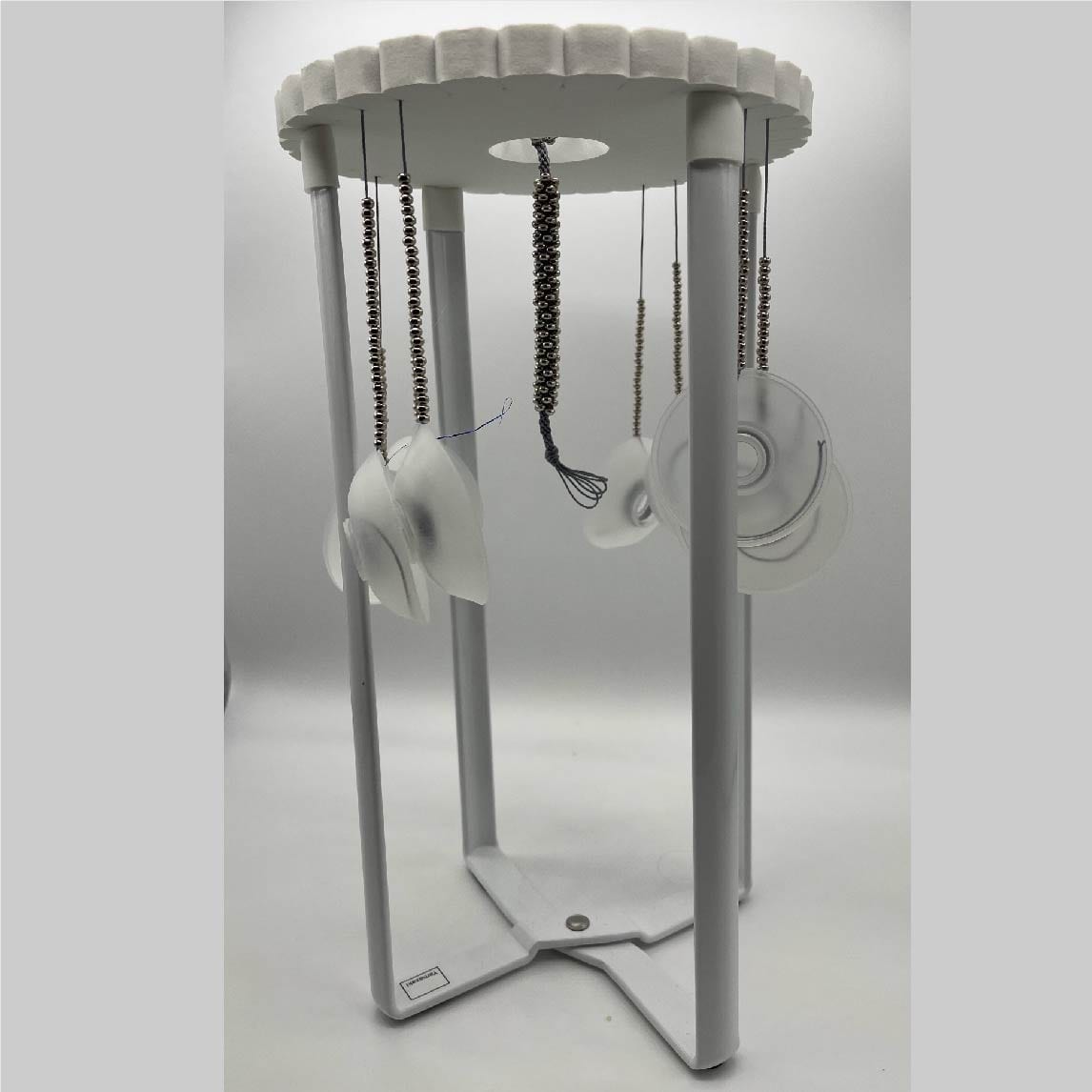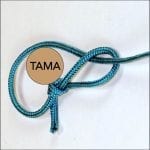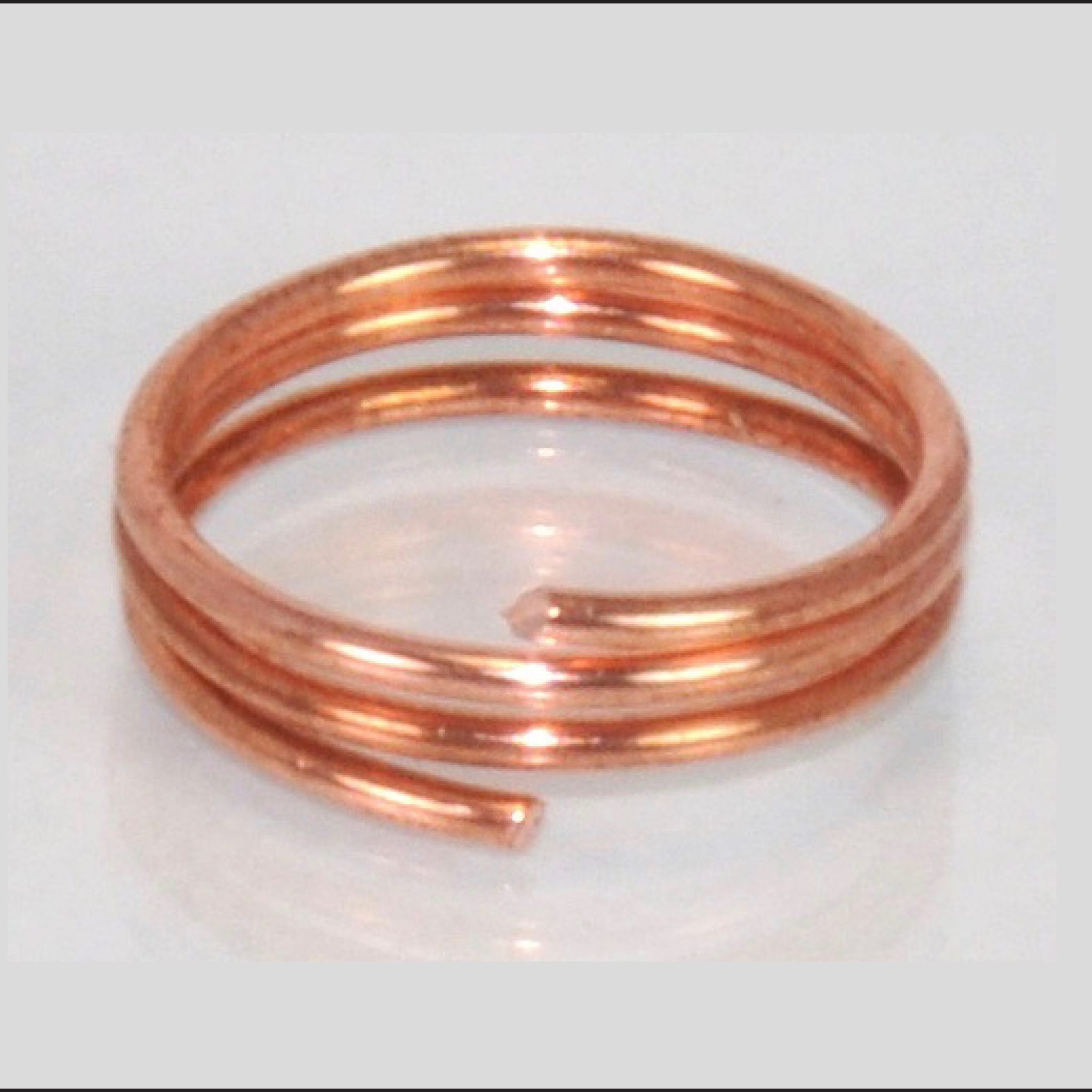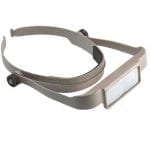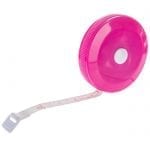Glossary
Warp Mates
The warps that are moved in the same step are warp mates. The diagram represents the placement for warp mates in a 8-strand Kongoh gumi. The warps with the same number are warp mates.
CW
Abbreviation for counter weight. The weight that is use to counter balance the weight of the tama or bobbins when braiding on a marudai or disk. Many different things can be used for a counter weight:...
POB
Abbreviation for point of braiding. The point where the braiding fibers are interlaced and a braid is being formed. The center of the braided structure represents the point of braiding. That is where ...
Disk Stand Hack
This handy stand is used in Japan to hold a plastic bag for trash or as a drying rack for glasses and bottles. However, it is also perfect for holding a foam disk in an elevated position while workin...
Tama Loop
After the beads have been strung on a warp a tama loop is tied at the end of the warp cord. The loop serves two purposes: 1 – The loop will keep beads from sliding off the cord &nb...
SCUBA Weight
These are a favorite of mine and my students love them too! They are especially helpful on the marudai: 1. Weight the fibers to tie the cords on the knitting needle. 2. Use them to hold the fibers in ...
Split Ring
When working on a marudai and making drop-kongoh beaded braids I prefer to start the braid with the cords tied to a wire split ring. The split ring provides a secure way to hang heavy counterweights w...
Magnifiers
Magnifiers are sometimes needed during prep and/or braiding depending on each person’s needs as well as the task at hand. If you don’t normally wear glasses, inexpensive readers may work f...
Tape measure
A tape measure is needed to measure fibers during set up and for measuring the braid during braiding. For this reason I recommend that you have a tape measure that can measure up to 3 ft. (1 m). This ...


